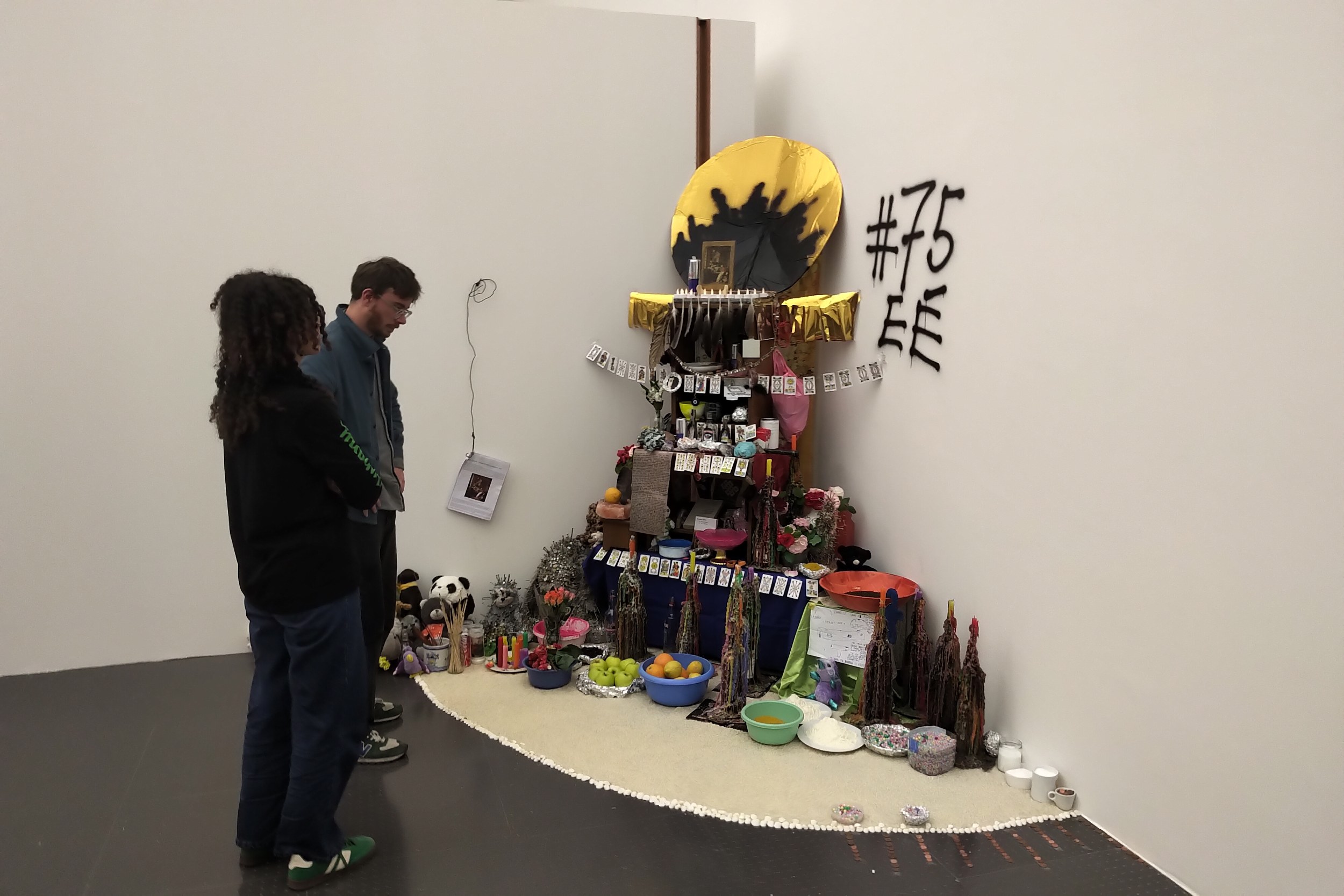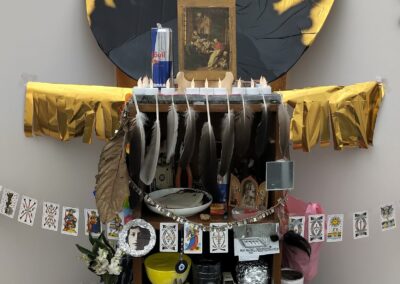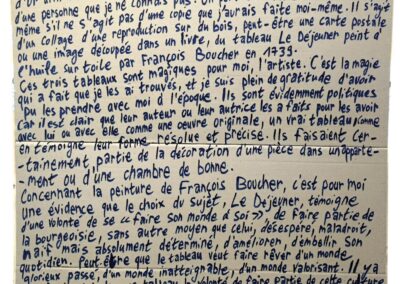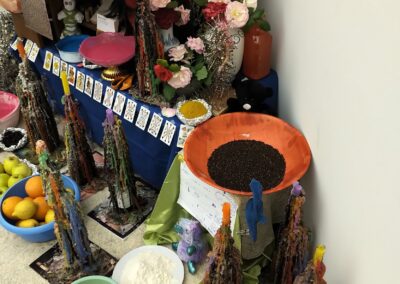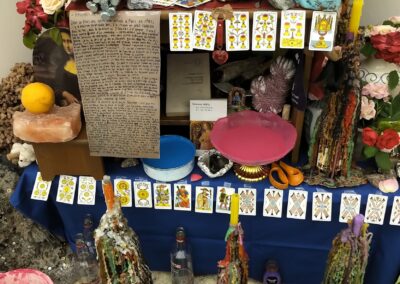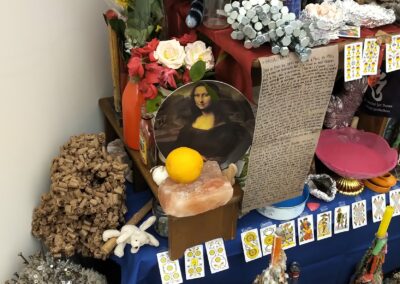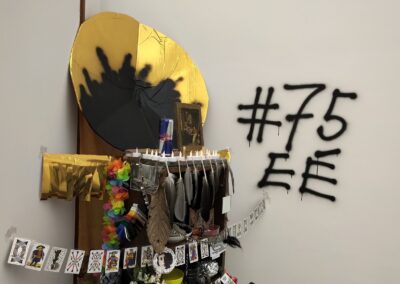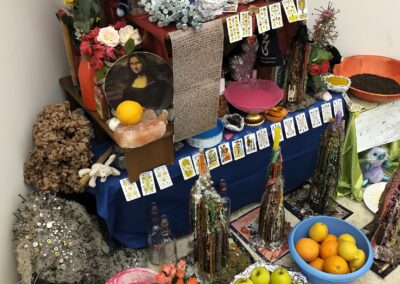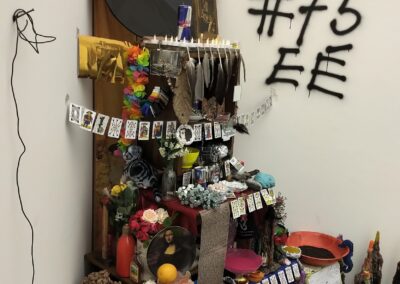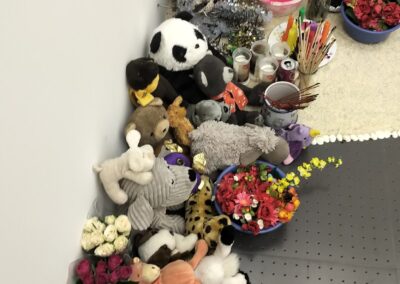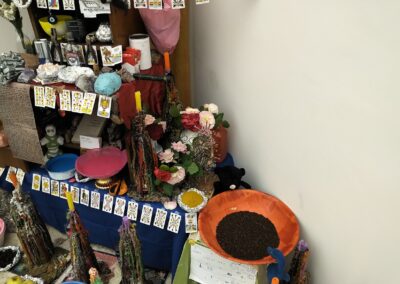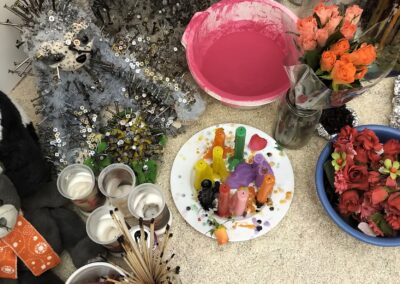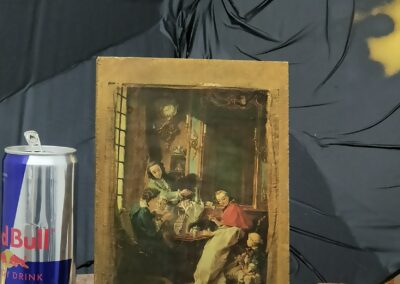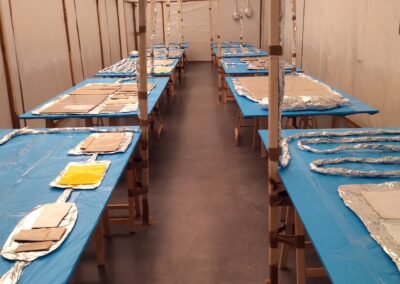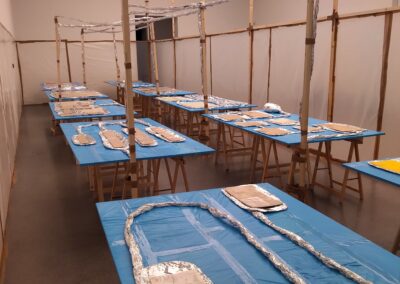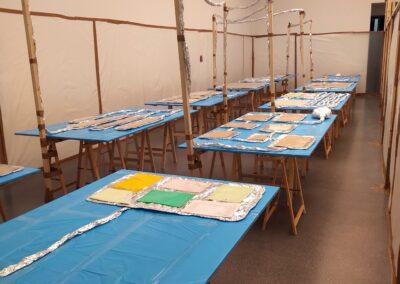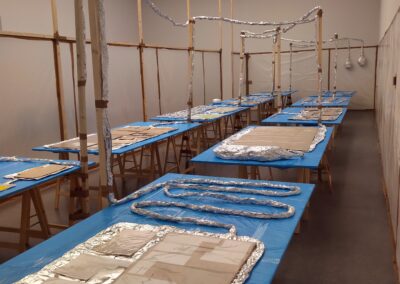CURRENTLY EXHIBITED WORKS:
-
Ruheraum mit Traenen (1996), Bündner Kunstmuseum, Chur (Switzerland)
-
HAUSALTAR (2025), Centre Pompidou-Metz (France)
-
Power Tools (2007), Dancing Philosophy (4 videos, 2007) and Equality Series, (works on paper, 2002) Helga de Alvear Museum, Cáceres (Spain)
-
Où je me situe ? Qu’est-ce que je veux ? (2007), Spectrum of Evaluation (2008-2010), Schema: Singularity! Opacity! Mystery! (2023), Schema: Natural Friend ++ Natural Enemies, (2023), Schema: I 🖤 to be an Artist! I 🖤 to do Art! (2022), Ludwig Museum, Budapest (Hungary)
-
Documentation on works in public space, MAPS Museum, Køge (Denmark)
-
Work on paper, Ruby City, San Antonio, TX (USA)
On view: ‘Copyists’ / Centre Pompidou Metz (France) / 14.06.2025 – 02.02.2026 / Presenting: «HAUSALTAR», 2025
Click here for more information
